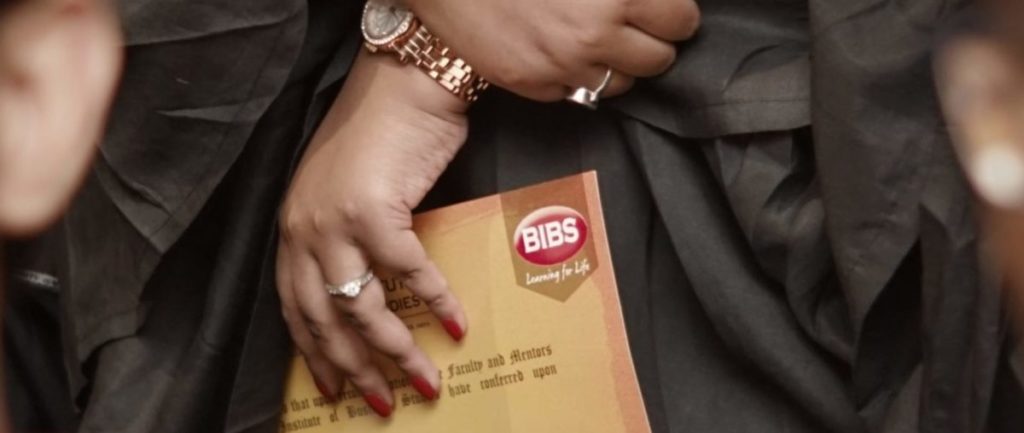

“So many people die in bed because they stop moving. If you stop, you’re dead. If you slow down, you’re half-dead. Life is movement.”– Tomáš Baťa, founder of the Bata shoe company.
Isn’t this an extraordinary quote? A simple yet profound message that perfectly reflects the philosophy behind one of the world’s most iconic footwear brands. But here’s something that might surprise you: Bata, a name deeply embedded in India’s footwear culture, is not actually an Indian brand!
Yes, despite its omnipresence in Indian households and its deep-rooted connection with the country, Bata is originally from Czechoslovakia and is now headquartered in Switzerland. But what makes it feel so Indian? How has this global brand managed to establish such a strong local identity?
The answer lies in Bata’s unique ability to blend into every market it enters, making people believe it’s their very own homegrown brand. Let’s take a journey through Bata company history, its origin, and the powerful marketing strategy of Bata that makes it a brand without borders.
Another inspiring success story worth exploring: How Apple Redefines Innovation: A Case Study In Refinement And Market Leadership
The Bata company origin begins in 1894 when siblings Tomáš, Anna, and Antonín Baťa established the T. & A. Baťa Shoe Company in Zlín, Czechoslovakia. Unlike traditional shoemakers, who relied on small-scale craftsmanship, Bata revolutionized the industry by introducing mass production techniques. The company adopted steam-powered machinery, enabling it to produce shoes at a much larger scale and lower costs.
As Bata expanded, it didn’t just set up factories—it built entire Bata townships, ensuring that its workers had homes, schools, and healthcare facilities. This unique approach helped the brand establish deep-rooted connections in every country it entered.
One of the most remarkable milestones in the Bata company history was its expansion into India.
Bata’s Journey to India: A Legacy That Feels Local
Recognizing India's vast potential, Bata set up its first operation in Konnagar, near Kolkata, in 1932. By 1938, the company had expanded to over 30 countries, but its presence in India was special.
The foundation stone for Bata’s first large-scale operation in India was laid in 1934. This site, known today as Batanagar, was more than just a manufacturing unit—it became a full-fledged township, housing generations of workers and their families. This was the first factory in India’s footwear industry to receive ISO 9001 certification, reinforcing its commitment to quality.
Today, Bata India is the largest footwear retailer and manufacturer in the country. But how did it achieve this success? The answer lies in the Marketing Strategy of Bata, which focuses on hyper-localization, affordability, and community engagement.
Bata’s Secret: A Global Brand with a Local Heart
Bata’s ability to make people believe it’s a local brand isn’t accidental—it’s a meticulously crafted strategy.
Rather than simply setting up production units, Bata creates entire townships around its factories. Batanagar (Kolkata) and Bata Ganj (Patna) are prime examples of how Bata has embedded itself into Indian society. Similar communities exist worldwide, such as Batapur in Pakistan, Batawa in Canada, and Batatuba in Brazil.
Bata doesn’t follow a one-size-fits-all approach. It customizes its products, marketing, and pricing according to each country’s economic and cultural landscape. This adaptability ensures that consumers see Bata as a brand that truly understands their needs.
Unlike many global brands that maintain a uniform identity, Bata embraces regional influences. In India, Bata advertisements appear in Hindi, Bengali, Tamil, and other languages, reinforcing its connection with the masses.
Bata’s focus has always been on making durable, stylish, and affordable footwear accessible to everyone. This pricing strategy makes it a household name, not just in India but across the world.
Bata hires local talent and collaborates with regional businesses to strengthen its presence in each market. This not only boosts employment but also helps the brand stay attuned to local preferences.
Marketing Strategy of Bata: How It Became a Household Name
The Marketing Strategy of Bata revolves around three key elements—localization, affordability, and community building. Let’s break it down further:
Bata’s involvement in communities goes beyond business. The Bata Children's Program focuses on providing education, healthcare, and support to underprivileged children in the regions where it operates. This initiative reflects the company’s belief in long-term social impact.
Bata’s success is no accident. It is a result of strategic thinking, market research, consumer behavior analysis, and innovative branding. If you’re fascinated by the business world and want to understand marketing strategies like Bata’s, pursuing an MBA in Kolkata can be a game-changer.
An MBA equips you with the tools and knowledge to analyze markets, create effective business strategies, and navigate the dynamic corporate world. From brand management and consumer psychology to leadership and business analytics, an MBA prepares you for a successful career in business.
Get detailed information on Mastering The Importance Of The Business Environment: Guide For MBA Students
If you’re looking for one of the top management colleges in Kolkata, BIBS (Bengal Institute of Business Studies) is an excellent option.
Despite being a Czech-origin brand, Bata has seamlessly woven itself into the fabric of Indian society. Its deep-rooted presence, long-standing trust, and commitment to local markets make it feel truly Indian.
This phenomenon isn’t limited to India—ask someone in Canada, Pakistan, or Indonesia, and they’ll likely say the same thing. That’s the genius of Bata—it doesn’t just sell shoes, it builds relationships.
So next time you slip into your favorite pair of Bata shoes, remember—while Bata may not be an Indian brand by origin, it’s certainly an Indian brand at heart!
Copyright 2025- BIBS Kolkata
| Website by Marko & Brando
All rights reserved